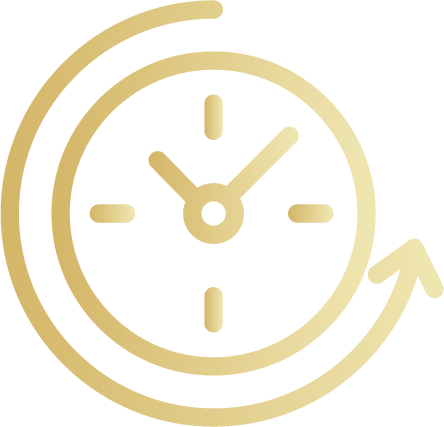What is RTMS Treatment?
Discover RTMS and Its Evidence
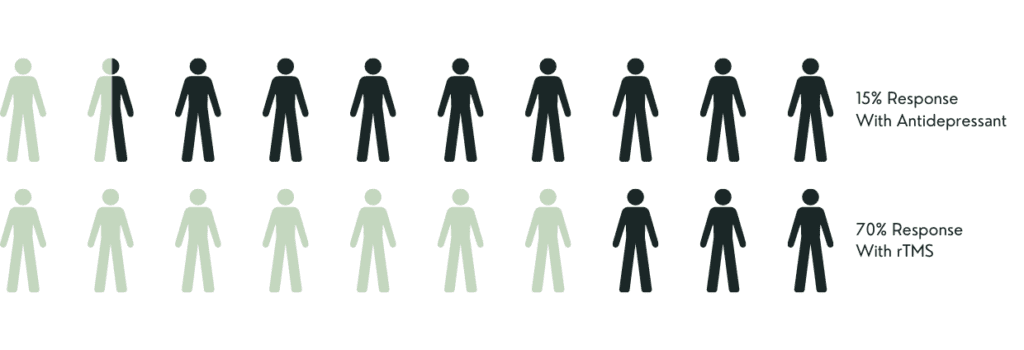
Patients with Treatment-Resistant Depression. rTMS treatment is Health Canada approved as both safe and effective for treatment-resistant depression.
Who is it for?
Patients who cannot tolerate or have limited response to medications and other treatments can benefit from rTMS treatment.
rTMS treats several psychiatric conditions, such as depression, OCD, anxiety, and PTSD. There is recent evidence that rTMS helps with pain disorders, and mild cognitive impairment (pre-dementia). It can be used when other treatments (such as medications) have failed. It can also be used in patients who are not able to tolerate medications.
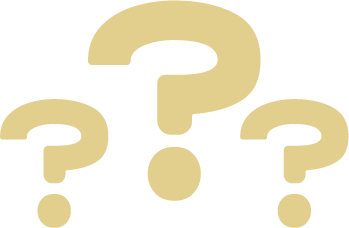
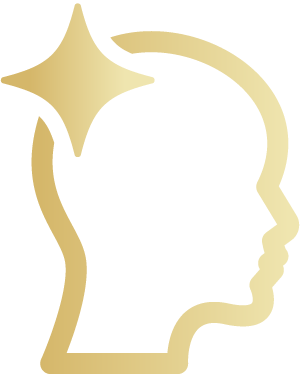
How effective is rTMS?
In patients with depression who have failed multiple antidepressants, approximately 30-40% can be completely free of depressive symptoms with rTMS treatment, and up to 70% can have some improvement in symptoms.
Recent systematic reviews confirm rTMS to be significantly beneficial in anxiety disorders and PTSD.
In chronic pain, early research indicates that when rTMS is incorporated alongside the standard treatment plan, people are more likely to be sober or have less pain in follow-up.
Is this a shock treatment?
No.
There is no need for general anesthetics or sedation. rTMS is a non-convulsive treatment. You are awake and sitting in a comfortable chair during treatment.
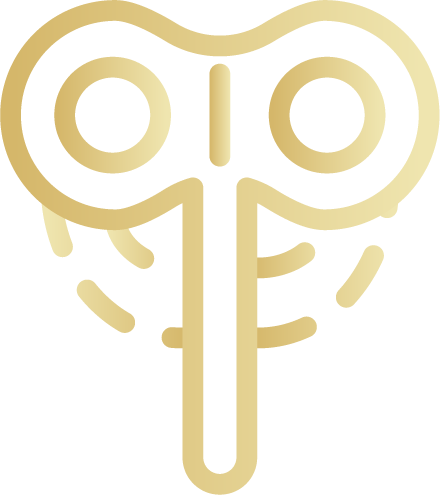
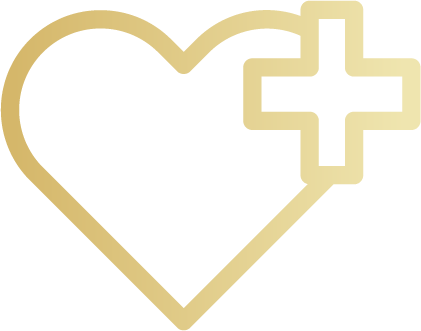
What are the side effects?
Minimal. Most people tolerate rTMS without any significant side effects.
Side effects are generally mild to moderate and improve shortly after an individual session and decrease over time with additional sessions. Common side effects may include:
- Headache
- Scalp discomfort at the site of stimulation
- Tingling, spasms or twitching of facial muscles
- Lightheadedness
Very rare side effects can include
- Risk of seizure during treatment (1 in 1000 theoretical risk)
- Risk of mania in patients with bipolar disorder
what is the duration of treatment?
5-25 mins.
At our clinic, the duration of rTMS treatment can vary depending on the specific protocol being used. The treatment involves the patient being awake and comfortably seated in a chair.
The most common protocol utilized typically takes about 5 minutes to complete each day. This means that patients can expect a relatively short treatment session. However, it’s important to note that other protocols may require a longer duration. In some cases, treatment sessions can take up to 25 minutes.
The specific duration of rTMS treatment will be determined by your healthcare provider based on various factors, including your individual condition and the targeted brain area. They will discuss the treatment plan with you and provide more details on the anticipated duration of your specific rTMS sessions.
